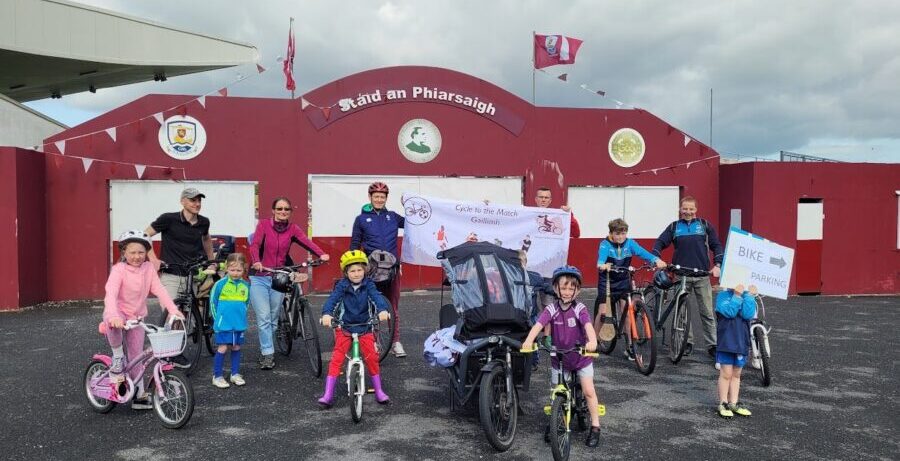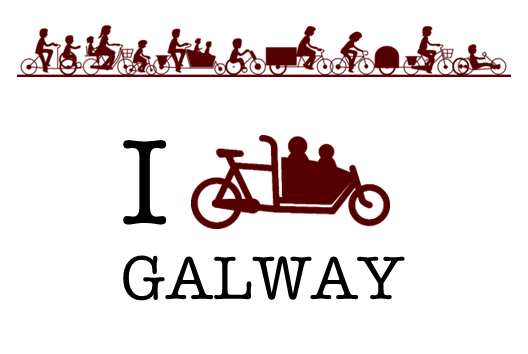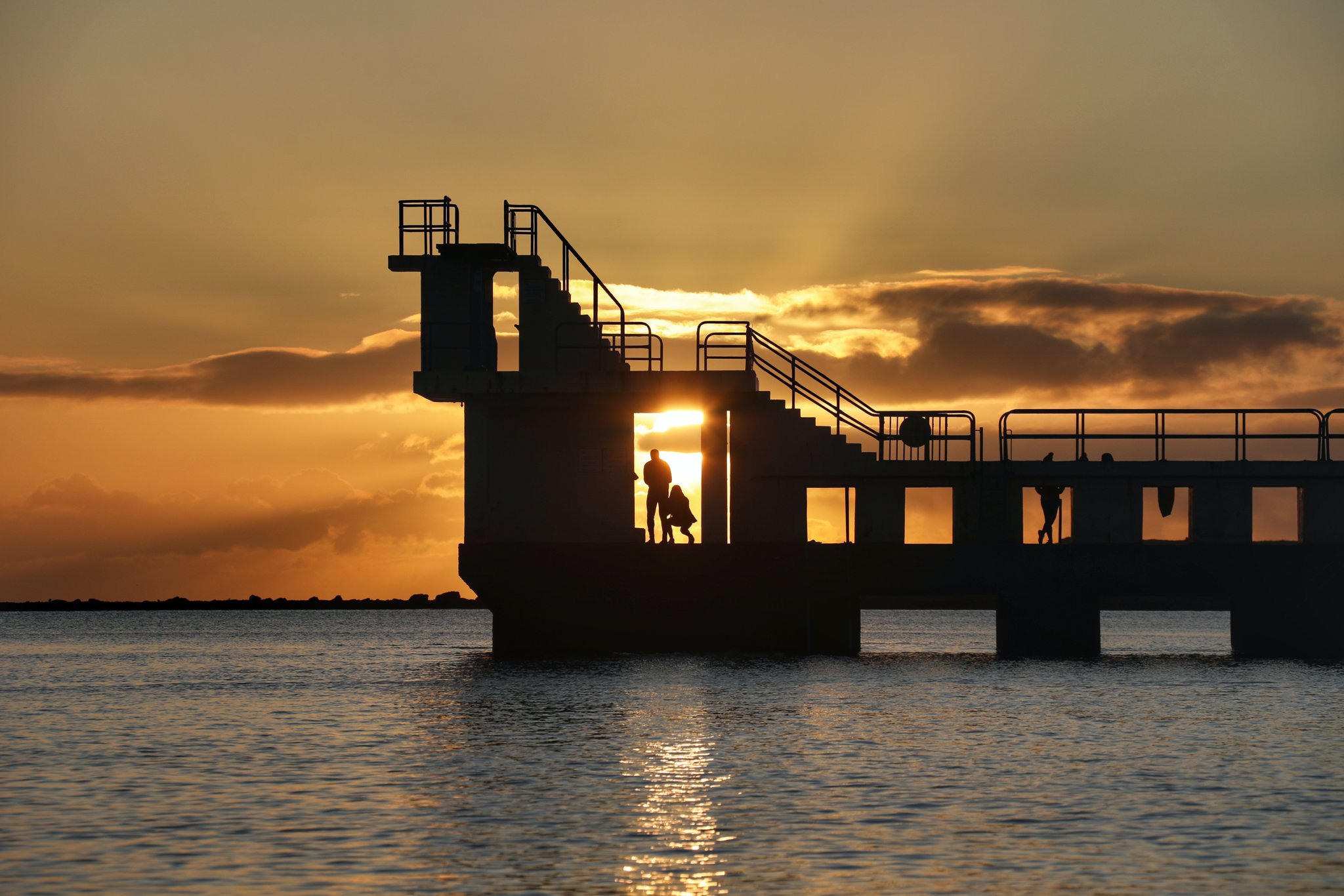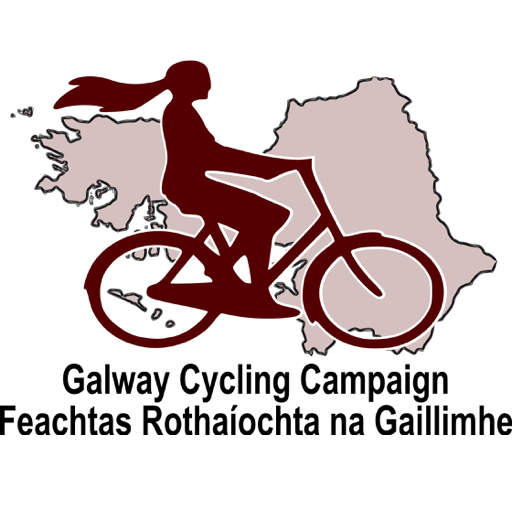Category: News
-

Bike to the Match
Cycle to the Match – Pearse Stadium Bike Valet
The Galway Cycling Campaign organised an innovative bike week travel initiative for the r…
-

Family bike and cargo bike festival
Have you ever wanted to try an e-cargo bike? Have you ever thought of exchanging the family car for a cargo bike? As part of BikeWeek 2023, the Galway Cycling Campaign hosted a cargo-bike try out and family cycling festival a…
-

Salthill Cycleway to be blue jewel in Galway’s greenways crown
By Martina Callanan and Kevin Jennings
It is beautiful to witness whole-hearted support for a city network of greenways and cycle routes. These will result in an …
